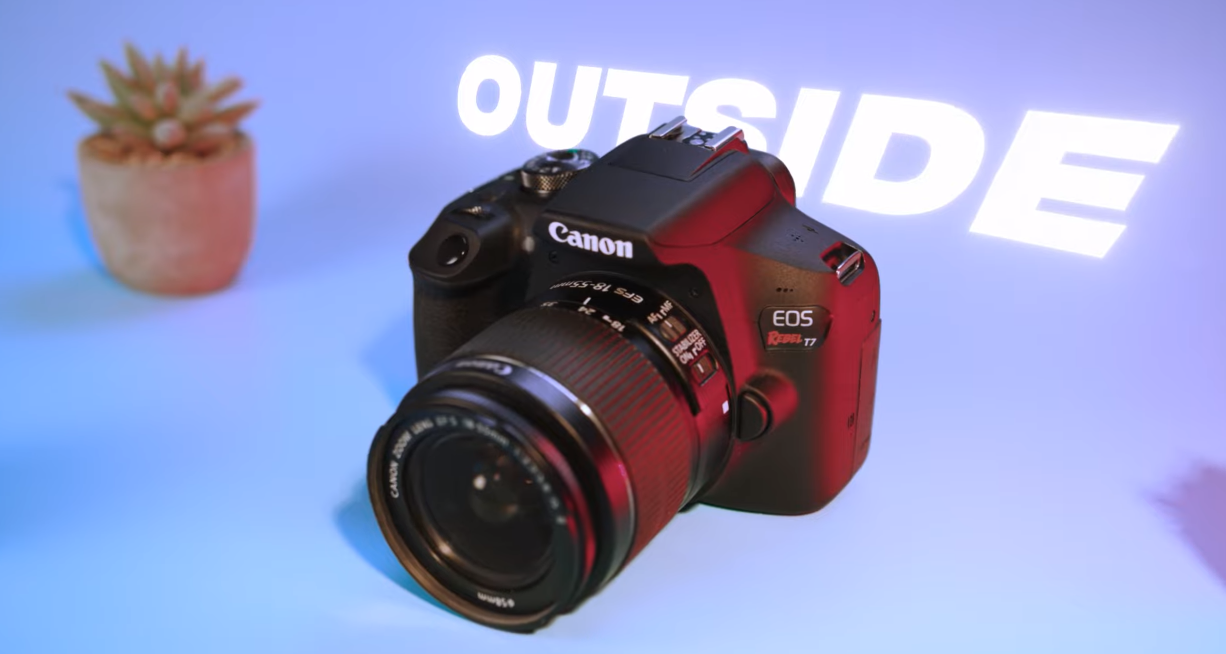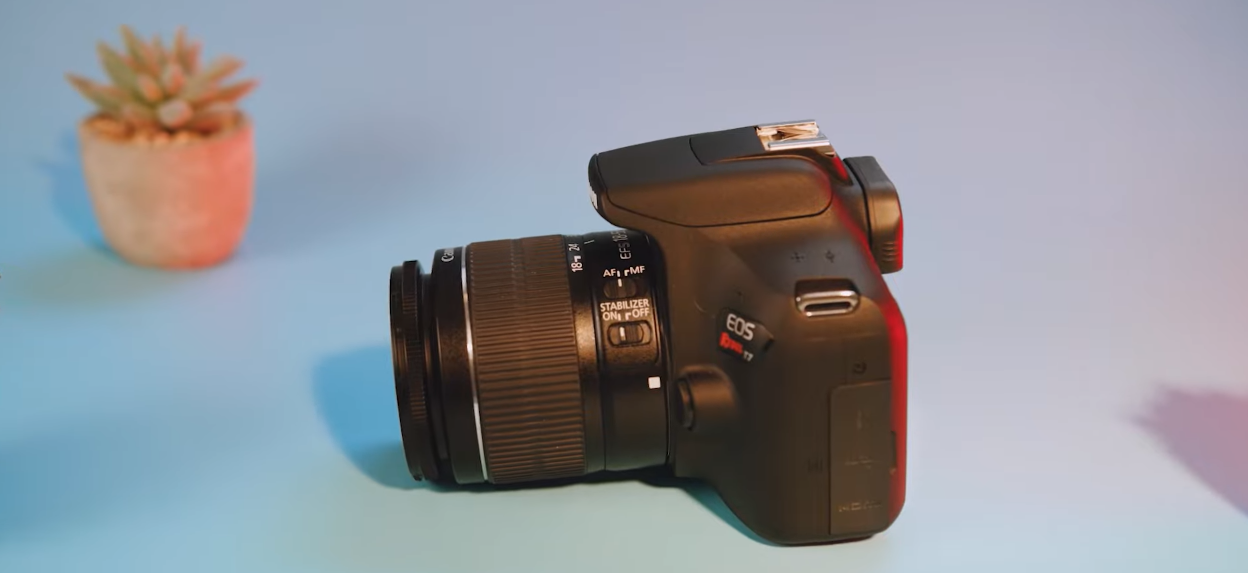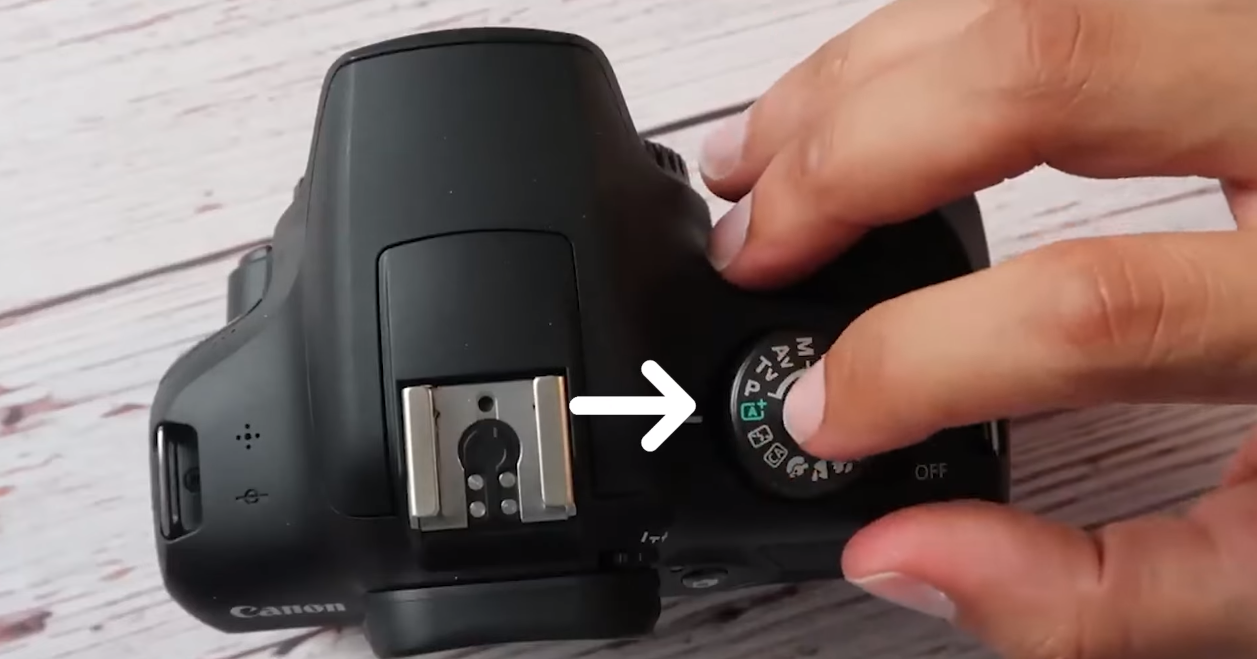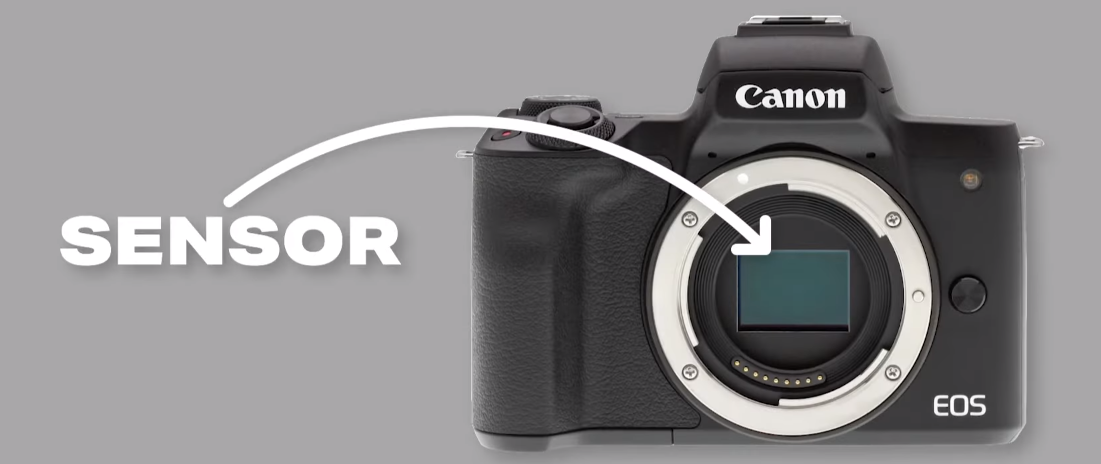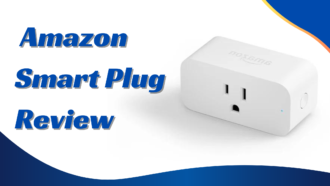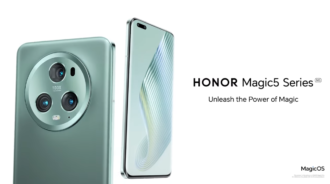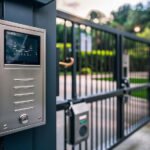Canon EOS Rebel T7 Camera
- 1 Canon EOS Rebel T7 Camera Specs
- 1.1 Design
- 1.2 Controls
- 1.3 Performance
- 1.4 Optical Resolution
- 1.5 Conclusion
Need more advanced features and superior image quality than your smartphone or tiny camera can provide? Then look into getting a Canon EOS Rebel T7. It’s largely identical to the T6 but has a better sensor (upped to 24 megapixels) and faster processing speeds.
The T7 is an entry-level DSLR that provides acceptable image quality and is simple for $500 (with the Canon EF-S 18-55mm IS II lens). In the meantime, the T7’s feature set is comprehensive enough for people who wish to advance their photographic abilities. The Canon EOS Rebel T8i, the follow-up to last year’s T7, is now available to consumers. The T8i sports a 24.1MP APS-C image sensor, an ISO range of 100-25600, the ability to record 4K video at 24 frames per second, and a price tag of $749 (body only) or $899 with an 18-55mm IS STM lens. The T8i’s 3-inch touchscreen can be moved in different ways than the T7’s.
Canon EOS Rebel T7 Camera Specs
| Model | EOS Rebel T7 |
| Effective megapixels | 24.10 |
| Total megapixels | 24.70 |
| Sensor Size | 22.3 x 14.9 mm |
| Max Image Resolution | 6000 x 4000 |
| ISO | Auto, 100-6400 (extends to 12800) |
| Metering | Multi, Center-weighted, Partial |
| Built-in flash | YES |
| Video capture | YES |
| Wireless | YES |
| Battery | Lithium-Ion LP-E10 rechargeable battery |
| Dimensions | 129 x 101.3 x 77.6 mm |
PROS:
- A camera with a 24-megapixel sensor.
- Video display aiming aid.
- Simple backing.
- A crystal-clear LCD.
- Wi-Fi-enabled.
- Inexpensive.
CONS:
- No-touch, rear-mounted screen display.
- An antiquated image processor limits high ISO capture.
- Video recording does not support autofocus.
Design
After using Canon products for a while, the design of this camera is consistent with the rest of Canon’s products and is quite user-friendly. All the Canon EOS Rebel T7 controls are conveniently located on the right side of the camera, unlike the Nikon D3400 and Sony Alpha 7 II. Having the camera’s controls so close to the thumb rest makes changing settings a breeze.
Regarding the rest of the cameras, all three of the ones we’re comparing today are virtually identical. The Canon T7 includes 14 shooting modes, from automatic to food photography, selectable through a dial at the camera’s top. The shutter-release button, on/off switch, manual flash button, and setting-rotating wheel are all on the camera’s top.
Controls
To the right of the stationary display are the back panel controls. To the viewfinder’s right is the Live View button, and directly below it are the EV correction, Q, Display, Menu, and Play buttons. An ISO button, an AF button, a white balance button, and a Drive mode button surround a central Set button. Last but not least, the upper right corner houses two buttons that, during playback, zoom in and out of images, with the latter also functioning as a focus point selection.
The screen size of this non-touch LCD is three inches. The same 920k-dot design found on the T6 makes it plenty sharp for reviewing images and using Live View. However, it is less convenient than Canon’s vari-angle touch screen on the T7i. The camera’s lack of responsiveness makes it feel archaic. There were multiple occasions where tapping it to alter a setting was frustrating.
Both Wi-Fi and NFC are built in. The Canon Camera Connect software allows you to wirelessly transfer photos to your Android or iOS device, which is convenient for posting to social media while travelling. There is no Bluetooth, and you also miss out on other advanced wireless features seen in more current Canon cameras, such as the mirrorless EOS M50’s ability to upload photos from your computer wirelessly.
Performance
Similar to the T6 before it, the T7 has a 9-point autofocus system. The time between turning on and taking a picture is roughly 0.6 seconds. In good light, focus can be locked in 0.1 seconds, but in low light, it takes roughly 0.6 seconds. You can shoot in bursts of 3 frames per second, and the camera can track moving subjects (after you switch the focus set to AI Servo).
The Sony a6000, with its 11fps subject tracking, easily outperforms it. The length of time you can shoot for depends on the type of file you use. The T7 can take 76 photos before its buffer fills up when shooting in JPG mode. However, if you’re an advanced photographer who prefers to work in Raw format, you’ll be limited to 10 photographs or six shots in Raw+JPG. You must wait around 15 seconds for the camera to clear the buffer and save all the pictures to memory.
Optical Resolution
The T7 succeeds where cameras typically fail—it captures images as intended. Despite being powered by an outdated image processor, its 24MP picture sensor puts it on par with the competition. Our ISO test shots reveal that the T7 can produce high-quality JPGs at sensitivities up to 1600.
At the highest level of ISO 3200, where noise is less than 1.5 percent, there is a tiny blur; at ISO 6400, there is a much more noticeable blur. The maximum ISO setting is 12800, but you’ll need to go into the settings menu and enable it manually whenever you wish to use it (the camera’s automatic adjustment will only go as high as ISO 6400).
Conclusion
There are indeed newer and better cameras out there, but if you’re skilled with Lightroom or another editing program, you can make almost any photo appear excellent. In addition, I could transfer most of these images directly from the camera to a flash drive with very little post-processing work necessary. In a market where cameras can cost anywhere from a few hundred to a few thousand dollars, this DSLR camera’s ability to take high-quality stills and movie footage reasonably is a major selling point.

